What Are the Calibration Requirements for a 12 Lines Laser Level to Maintain Accuracy?
1. Understanding Calibration Basics
Calibration is a fundamental process for maintaining the precision of a 12-line laser level. It ensures that the device’s laser lines are accurately aligned with a reference standard, which is critical for achieving precise measurements. For a 12-line laser level, calibration involves aligning all twelve laser lines to ensure they are level and true in all directions. The calibration process typically includes setting the device on a stable surface, such as a tripod, and using a calibration tool or target that is designed to verify the alignment of the laser lines. This process ensures that any deviations from the standard are corrected, and the laser level provides reliable and consistent results. Regular calibration helps to account for any wear and tear or environmental changes that might affect the accuracy of the laser level, thus ensuring it performs optimally over time. Calibration should be performed following the manufacturer's guidelines, as different models may have specific requirements or procedures for calibration.
2. Regular Calibration Schedule
Regular calibration is crucial for maintaining the accuracy and reliability of a 12-line laser level. The frequency of calibration can vary depending on several factors, including the intensity of use, the environment in which the laser level is used, and the manufacturer’s recommendations. For example, a laser level used on a busy construction site might need to be calibrated more frequently than one used occasionally in a controlled office environment. As a general guideline, calibration should be checked at least once a month or before starting any significant project to ensure precision. Frequent calibration helps to detect and correct any shifts or inaccuracies that may occur due to the device’s use, environmental conditions, or mechanical stress. By maintaining a regular calibration schedule, users can ensure that their laser level continues to provide accurate measurements, reducing the risk of errors and improving overall project quality.
3. Calibration Procedure
The calibration procedure for a 12-line laser level involves several detailed steps to ensure accuracy. Begin by placing the laser level on a stable, level surface or a tripod to prevent any movement that could affect calibration. Activate the calibration mode, which is typically accessible through the device’s control panel or menu system. Position a calibration tool or target at a specified distance from the laser level, according to the manufacturer’s instructions. This tool or target is designed to check the alignment of the laser lines. Adjust the laser lines so that they align precisely with the calibration tool, using the device’s adjustment controls. Verify the accuracy by checking the alignment at various angles and distances. If necessary, make further adjustments until the laser lines are consistently accurate. After calibration, verify the results by conducting additional tests to ensure the lines remain aligned. This thorough procedure helps to ensure that the laser level provides precise and reliable measurements.
4. Handling Environmental Factors
Environmental factors can significantly impact the accuracy of a 12-line laser level, making it essential to manage these conditions carefully. Temperature fluctuations, humidity, and vibrations can all affect the device’s performance. To mitigate these effects, use the laser level in a stable environment where temperature and humidity are controlled. Extreme temperatures can cause the device’s components to expand or contract, leading to misalignment. Allow the laser level to acclimate to the working environment before calibration to ensure it is operating under stable conditions. Secure the device on a stable tripod or surface to minimize vibrations or movement that could impact calibration. Avoid placing the laser level near sources of heat or moisture that could affect its performance. By addressing these environmental factors, users can maintain the accuracy of their laser level and ensure reliable performance in various conditions.
5. Maintenance and Inspection
Regular maintenance and inspection are vital for ensuring that a 12-line laser level remains accurate and reliable. Periodically check the device for signs of physical damage, such as cracks, dents, or loose components, which could affect its performance. Inspect the laser lens for dust, dirt, or debris that could interfere with the laser projection. Clean the lens with a soft cloth and appropriate cleaning solution to maintain clarity and accuracy. Ensure that the batteries are fully charged and functioning correctly, as low battery levels can impact the laser level’s performance. Regularly inspect the device for any signs of wear and tear and address any issues promptly to prevent further damage. Routine maintenance helps to extend the life of the laser level and ensures that it continues to deliver precise measurements. Following the manufacturer’s guidelines for maintenance and addressing any issues promptly can help maintain the device’s accuracy and reliability.
6. Handling Environmental Factors
Environmental factors can greatly impact the accuracy of a 12-line laser level, and managing these factors is crucial for maintaining precision. Temperature changes can cause the device’s components to expand or contract, leading to potential misalignment. High humidity levels can affect electronic components and lead to condensation, which might impact performance. Vibrations from nearby equipment or movement can also affect the calibration of the laser level. To minimize these effects, use the device in a stable environment where temperature and humidity are controlled as much as possible. Before calibration, allow the laser level to acclimate to the working environment to ensure it is operating under consistent conditions. Secure the device on a stable surface or tripod to reduce vibrations and prevent movement that could impact calibration. By managing environmental factors effectively, users can maintain the accuracy of their laser level and ensure reliable performance.
7. Professional Calibration Services
For users who require the highest level of accuracy or if the laser level is used in critical applications, professional calibration services can provide added assurance. These services utilize specialized equipment and techniques to ensure the highest level of precision. Professional calibration may include the use of advanced measurement tools and certification processes to verify accuracy. Calibration services can be particularly valuable for industries or projects where precise measurements are crucial, such as in engineering or construction. Many calibration service providers offer certificates that document the calibration process and confirm the device’s accuracy, which can be important for regulatory compliance or quality assurance purposes. Using professional services ensures that the laser level is calibrated to the highest standards, providing confidence in its performance and reliability.
8. Manufacturer’s Guidelines
Adhering to the manufacturer’s guidelines for calibration is essential for maintaining the accuracy and longevity of a 12-line laser level. Manufacturers provide specific instructions and recommendations tailored to the design and features of their devices. These guidelines typically include detailed procedures for calibration, recommended calibration intervals, and maintenance tips. Following the manufacturer’s instructions helps to ensure that the calibration process is performed correctly and that the device continues to operate within its specified accuracy range. Additionally, manufacturers may offer troubleshooting tips and support for common calibration issues. By following the manufacturer’s guidelines, users can ensure that their laser level remains accurate and reliable, reducing the risk of errors and improving overall performance.
9. Calibration Tools and Equipment
Using the correct calibration tools and equipment is crucial for achieving accurate results when calibrating a 12-line laser level. Calibration tools may include targets, reflectors, or specialized calibration devices designed to verify the alignment of laser lines. These tools are essential for checking the accuracy of the laser level and making necessary adjustments. High-quality calibration tools ensure that measurements are precise and reliable. It is important to use tools that are compatible with the specific model of the laser level and follow the manufacturer’s recommendations for their use. Proper handling and setup of calibration equipment are also critical to achieving accurate results. By using the appropriate tools and equipment, users can ensure that their laser level is calibrated correctly and provides accurate measurements.
Related Products
-
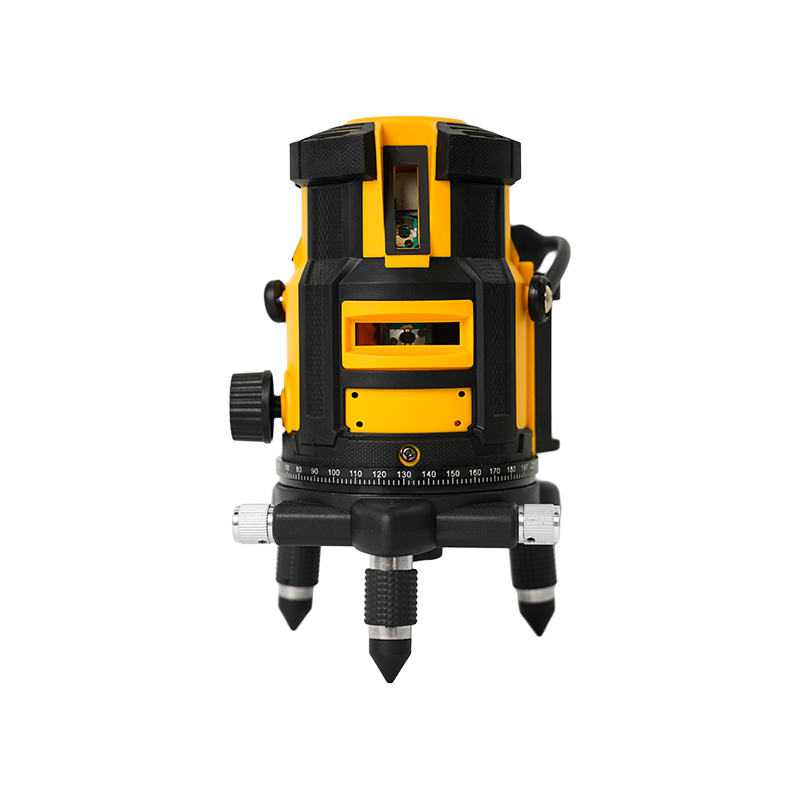
Self-Leveling Laser Level
-

Green Beam Laser Level
-
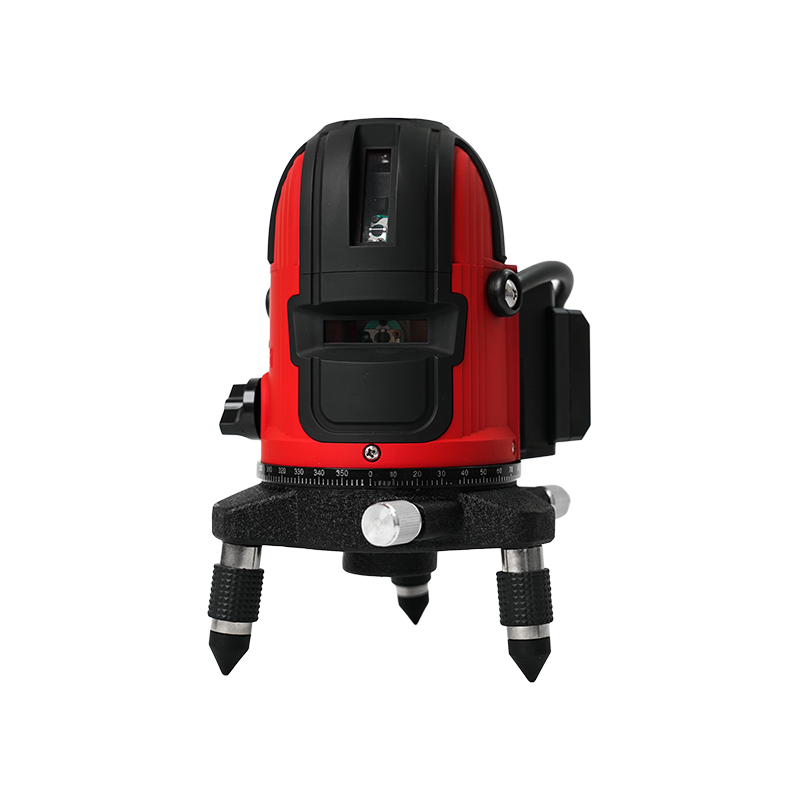
Rotary Laser Level
-
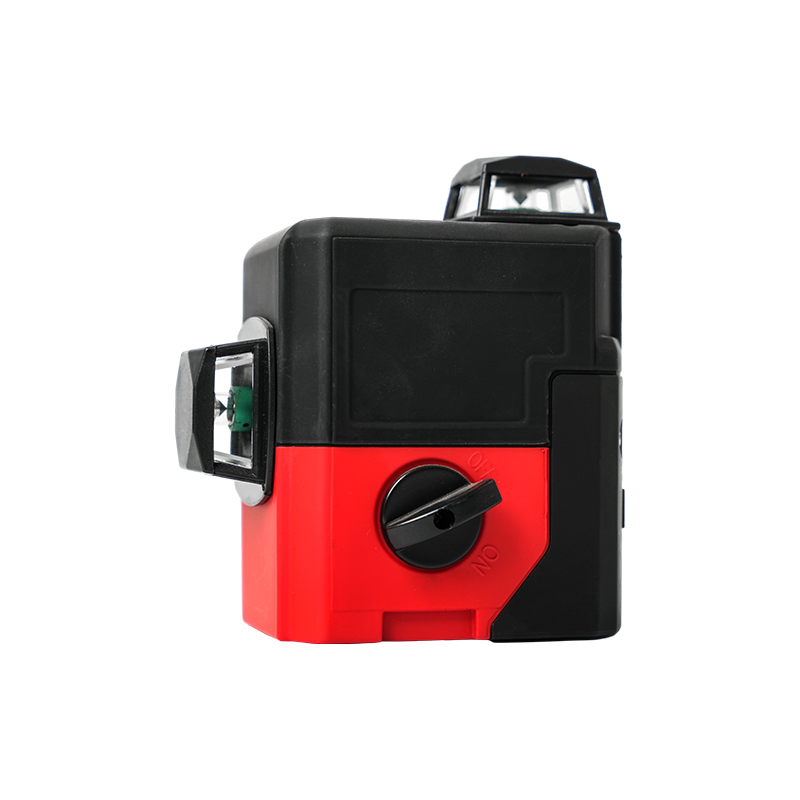
Reticle Line Laser Level
-
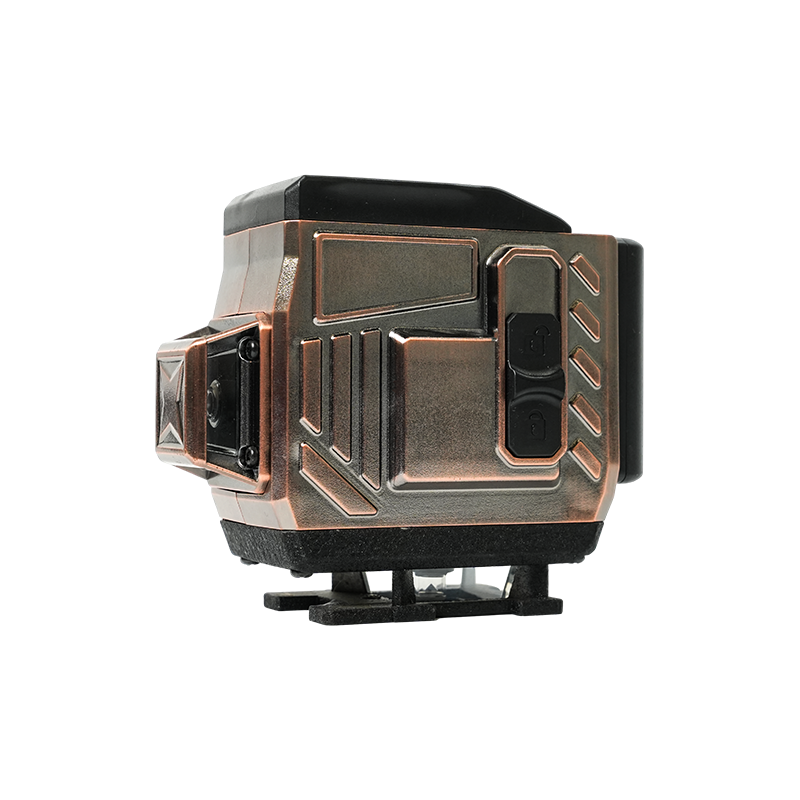
Green beam 12 Lines Laser Level
-

Construction Laser Level
-
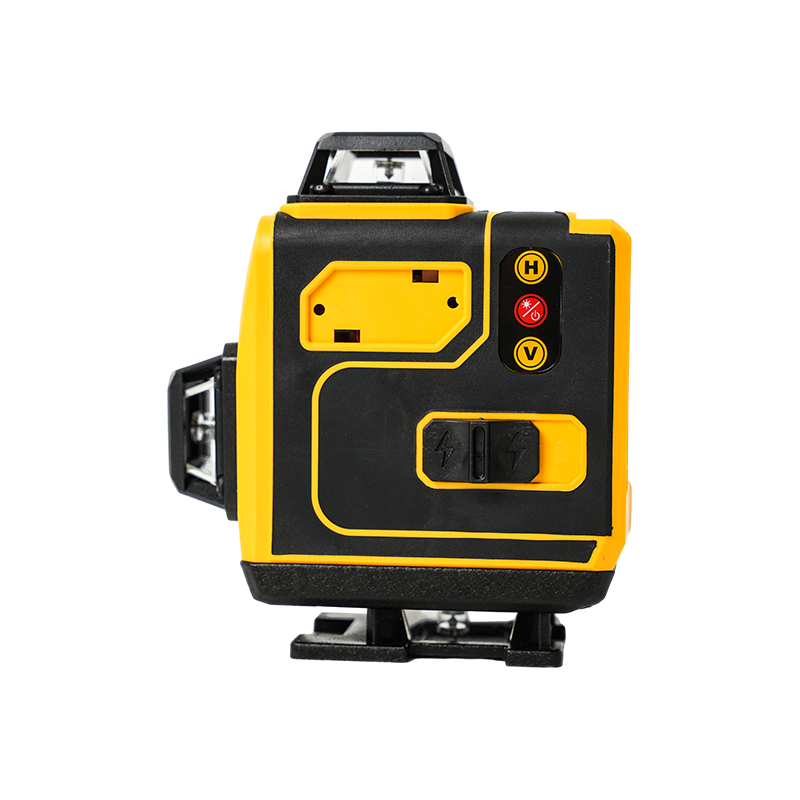
Multifunctional Laser Line Projector
-
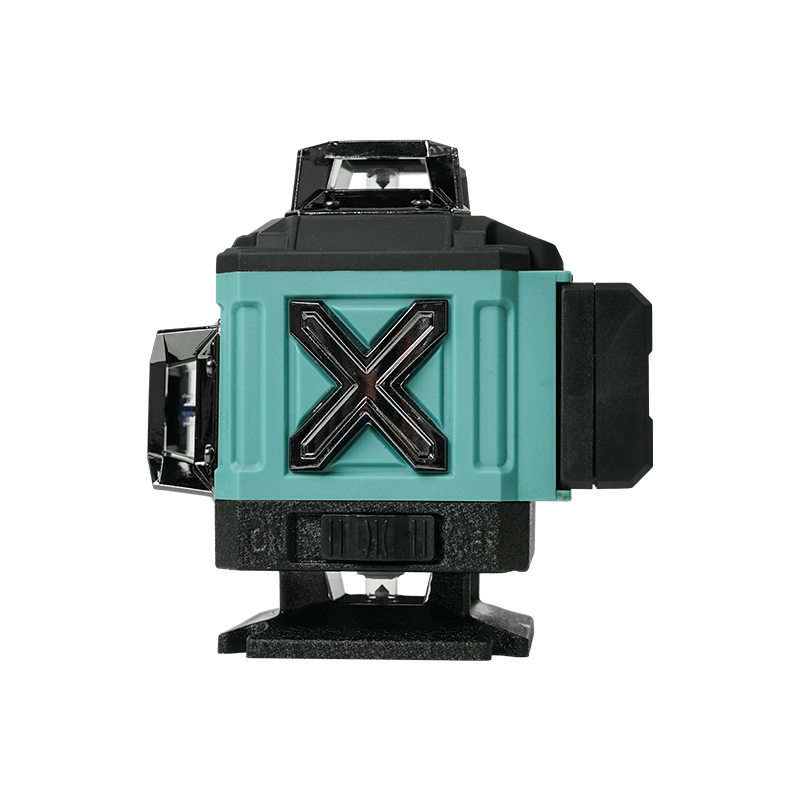
Digital Laser Line Projector
-
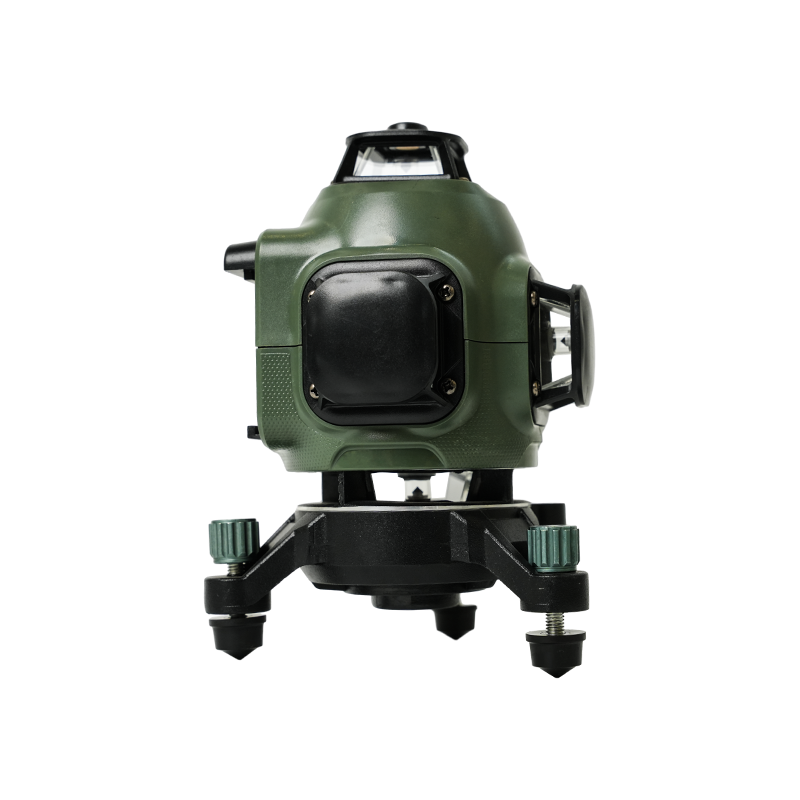
Industrial Laser Line Projector
-

Handheld laser line Projector
-

Laser Line Projector Lifting Tripod
-

Laser Line Projector Heavy Duty Lifting Tripod
Contact Us
-

Email: [email protected]
-

Telephone: +86-513-83449118
-

Fax: +86-513-83449118
-

Phone: +86-18962839249

 English
English русский
русский
